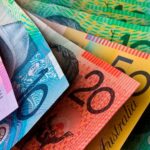
Gold Price Maintains Bullish Momentum Near Record High Amid Rising Trade Tensions.
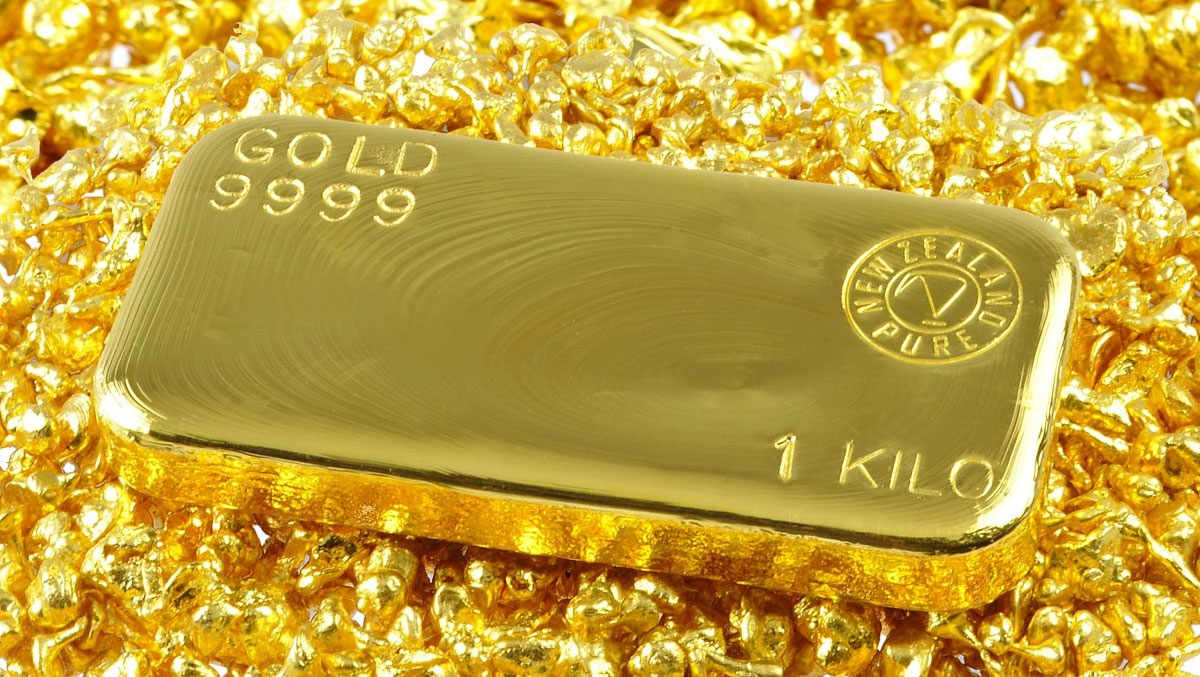
Gold Price Hits Record High Amid Rising Trade Tensions and Fed Rate Cut Speculation
The price of gold (XAU/USD) continues its upward trajectory for the second consecutive day on Friday, marking the third positive session in the past four. The yellow metal surged to an all-time high, trading around the $3,077-$3,078 level during the Asian session. The primary driver behind this rally is the persistent uncertainty surrounding US President Donald Trump’s proposed reciprocal tariffs and their potential impact on the global economy. As investor sentiment weakens, a downturn in equity markets further fuels safe-haven demand for gold.
Gold’s Bullish Run Supported by Global Trade Concerns
On Wednesday, President Trump announced a 25% tariff on imported cars and light trucks, set to take effect on April 3. This escalation in the global trade war has dampened investor confidence, reducing the appeal of riskier assets and reinforcing gold’s safe-haven status. Additionally, the administration’s prior imposition of a flat 25% tariff on steel and aluminum, coupled with an impending reciprocal tariff announcement next week, has added to market uncertainty. As a result, gold prices have soared to fresh record highs.
Federal Reserve Rate Cut Expectations Bolster Gold Prices
With growing concerns over the economic slowdown caused by Trump’s aggressive trade policies, market participants are now speculating that the Federal Reserve (Fed) may resume its rate-cutting cycle as early as June. A dovish shift from the Fed would weaken the US Dollar (USD), providing further support for the non-yielding precious metal. Despite better-than-expected US macroeconomic data and relatively hawkish comments from Fed officials, the greenback has struggled to attract meaningful buying interest.
The US Bureau of Economic Analysis (BEA) reported that the Gross Domestic Product (GDP) expanded at an annualized pace of 2.4% in Q4, exceeding the estimated 2.3%. Additionally, the US Department of Labor disclosed that unemployment claims slightly declined to 224K from the previous week’s revised figure of 225K. However, comments from Boston Fed President Susan Collins suggest that Trump’s aggressive trade policies may drive up US inflation, creating uncertainty about the Fed’s long-term stance on monetary policy.
Key Focus: US PCE Price Index Release
Investors are now eagerly awaiting the release of the US Personal Consumption Expenditure (PCE) Price Index, the Federal Reserve’s preferred measure of inflation. This crucial data, scheduled for release during the early North American session, will provide insights into the Fed’s future rate-cut trajectory. If inflation trends downward, the likelihood of a rate cut increases, further strengthening gold prices.
Final Thoughts
As trade tensions escalate and concerns over US economic growth persist, gold continues to shine as a safe-haven asset. With the Fed potentially considering rate cuts, the precious metal may remain in demand in the coming months. Market participants should keep a close eye on the upcoming PCE data and Fed statements, as these factors will shape the trajectory of gold prices and the broader financial markets.
Never miss any important news. Subscribe to our newsletter.
Related News


USD/INR Slows Down Amid Mixed Indian PMI Data.

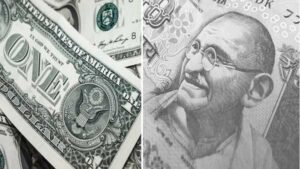
USD/INR Rises as Markets Anticipate Fed Rate Decision.
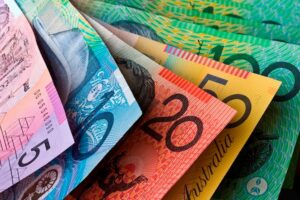

Gold Price Nears Record High Amid Strong Safe-Haven Demand.
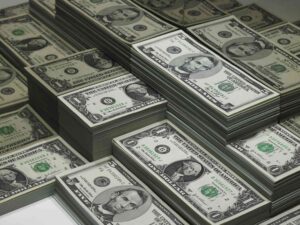


USD/INR Gains Momentum Amid Trade Tariff Uncertainty.



Never miss any important news. Subscribe to our newsletter.
Editor's Pick


USD/INR Slows Down Amid Mixed Indian PMI Data.


USD/INR Rises as Markets Anticipate Fed Rate Decision.
